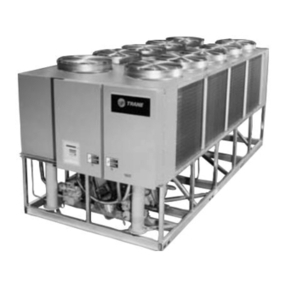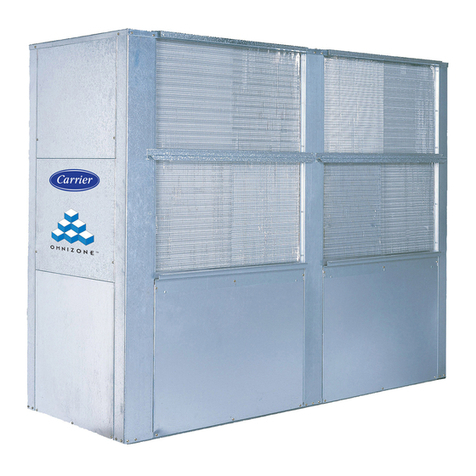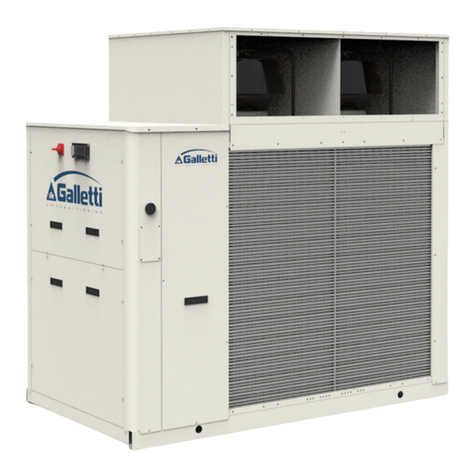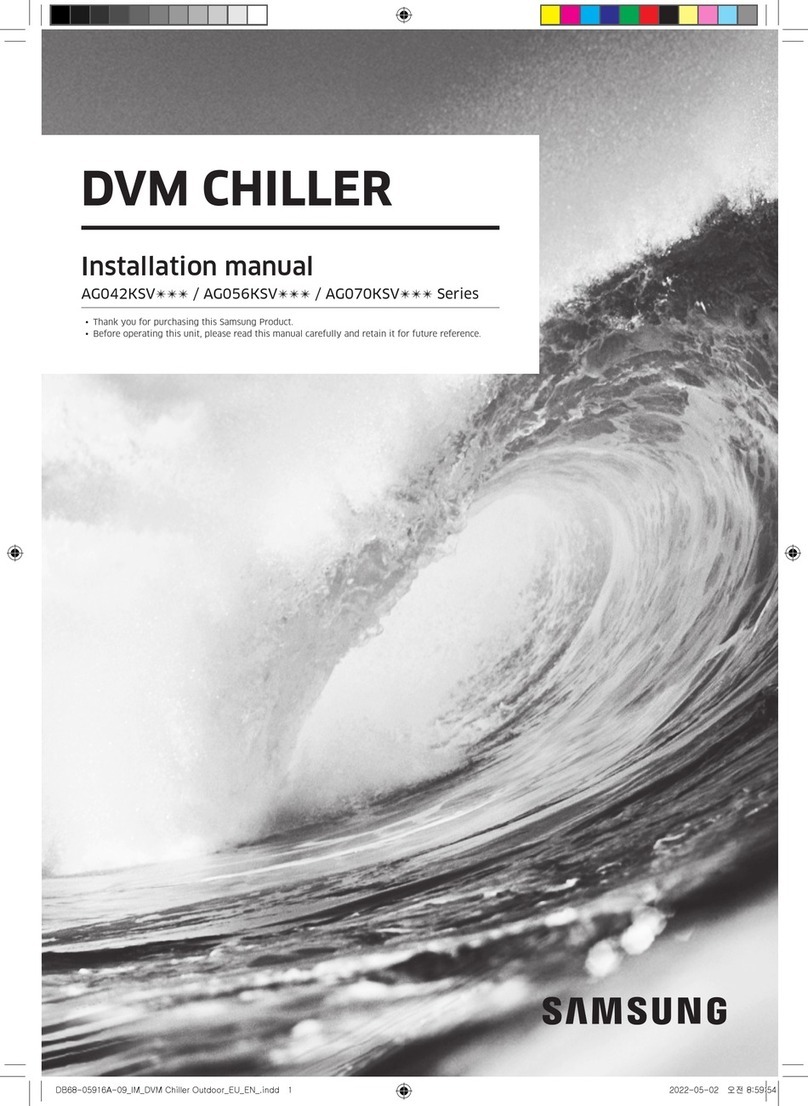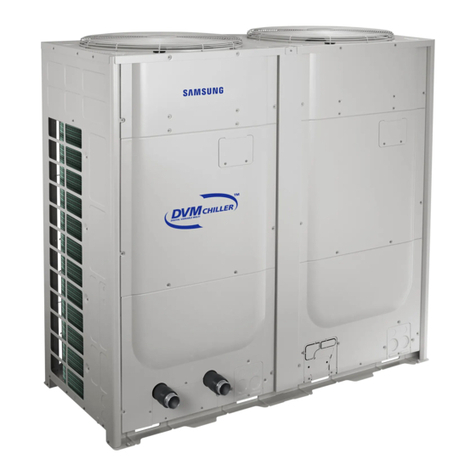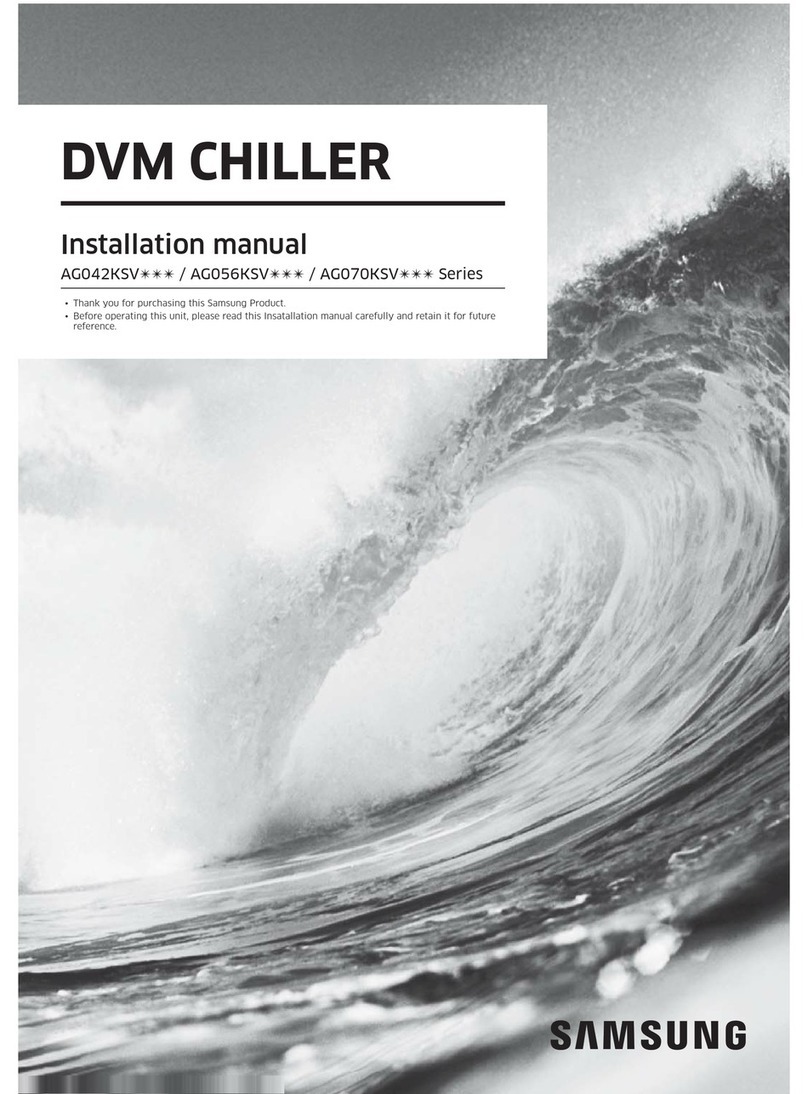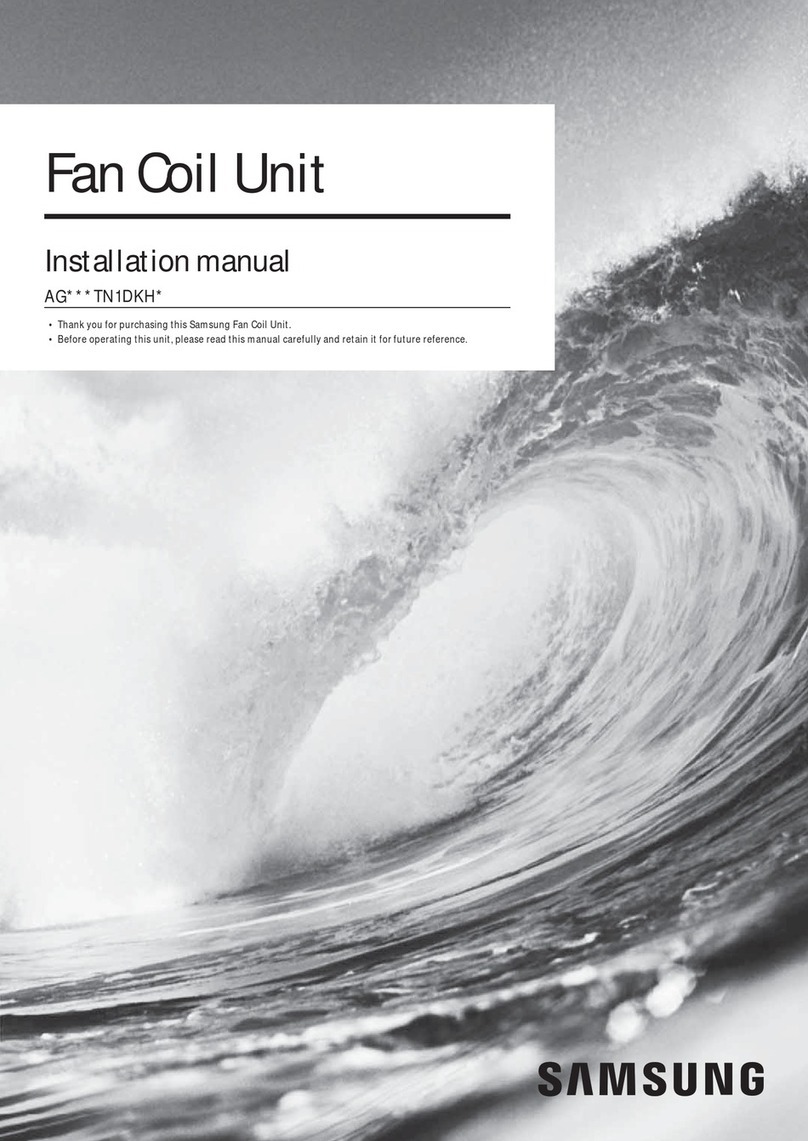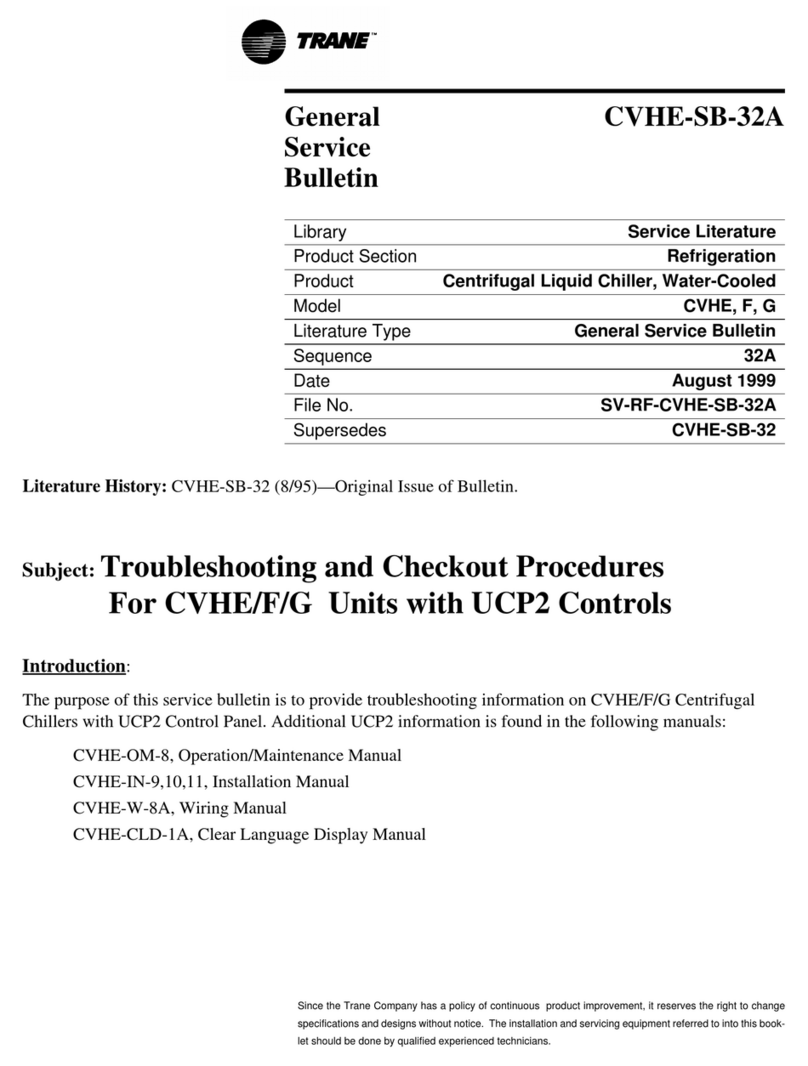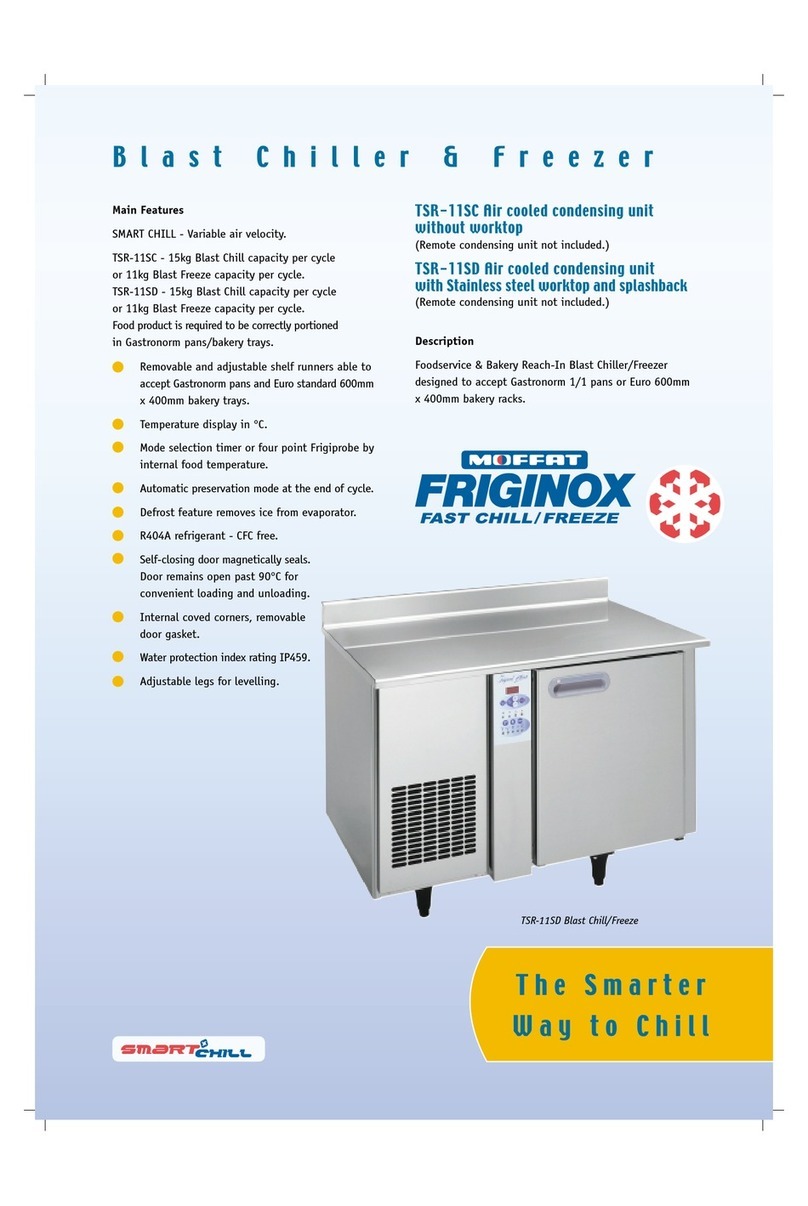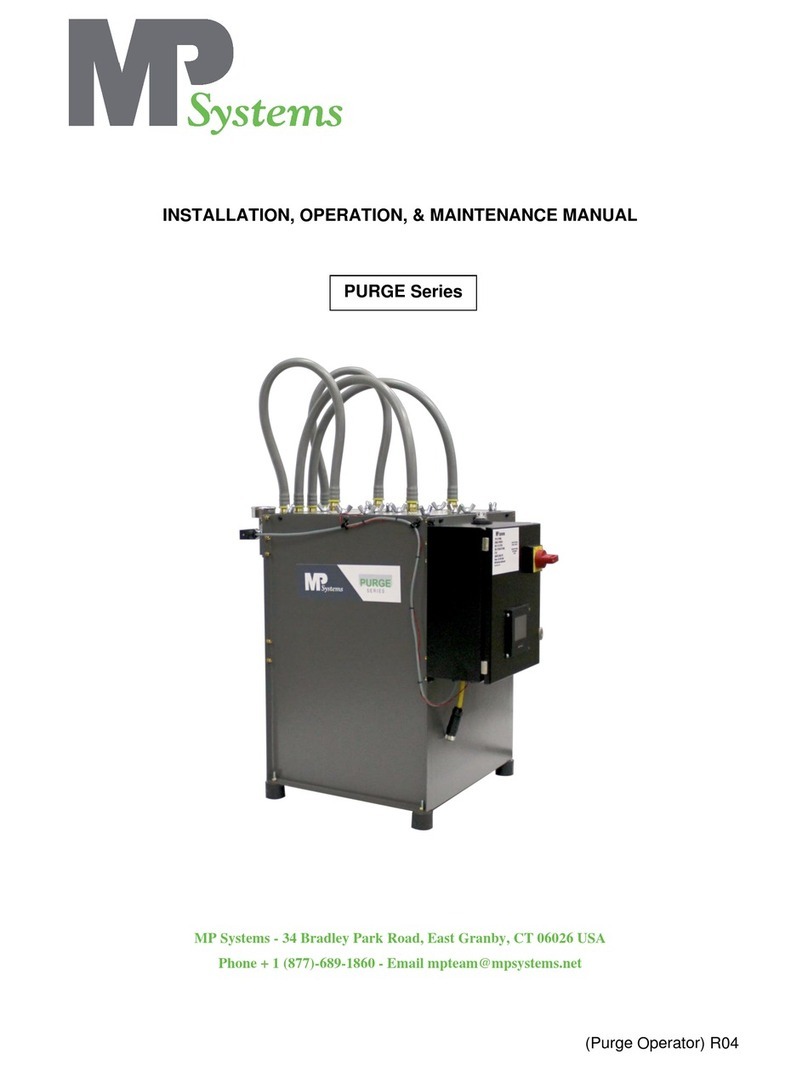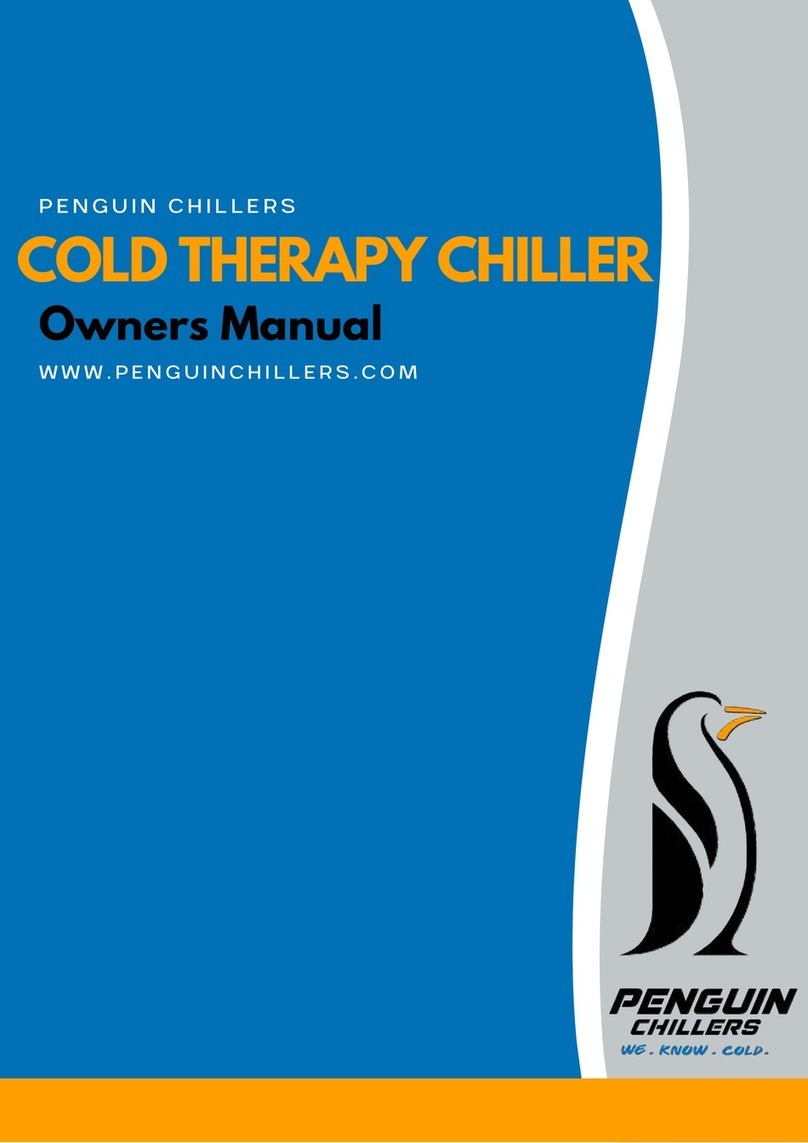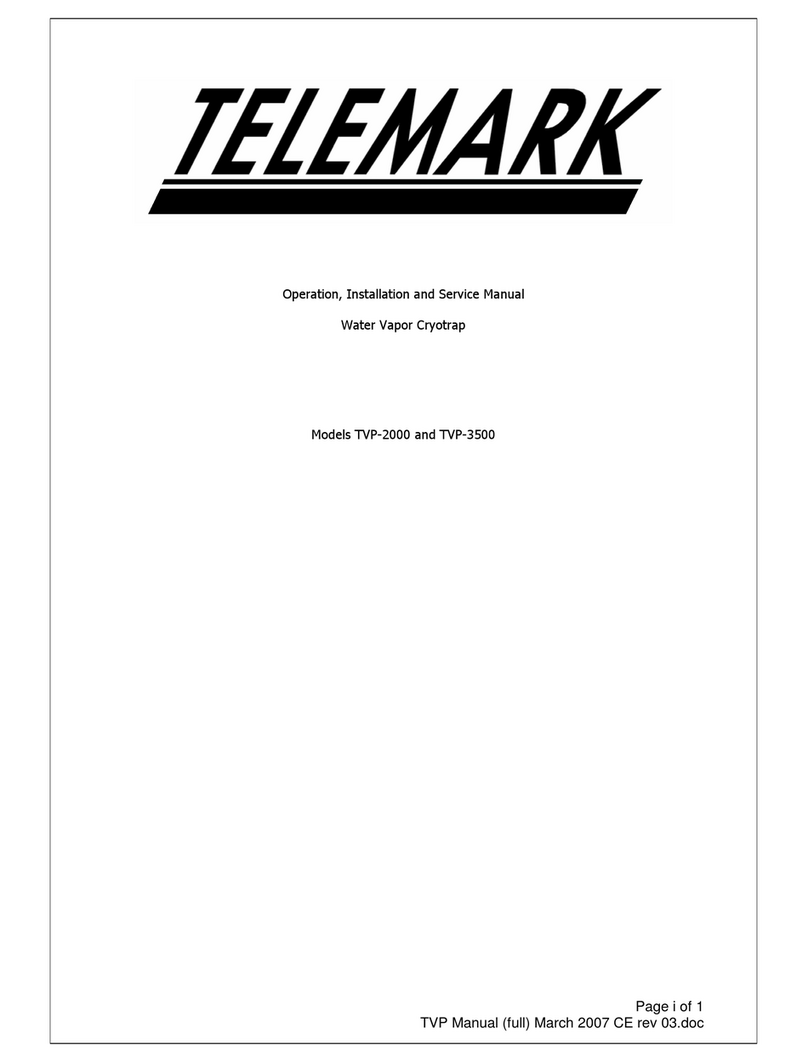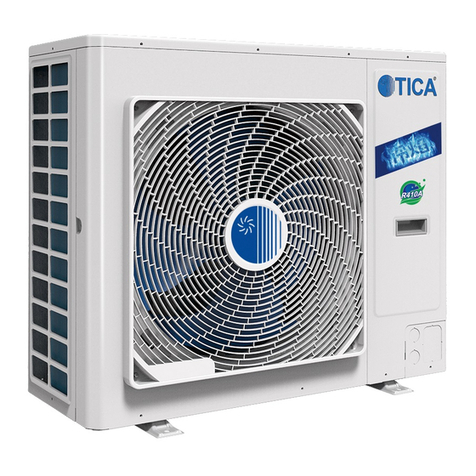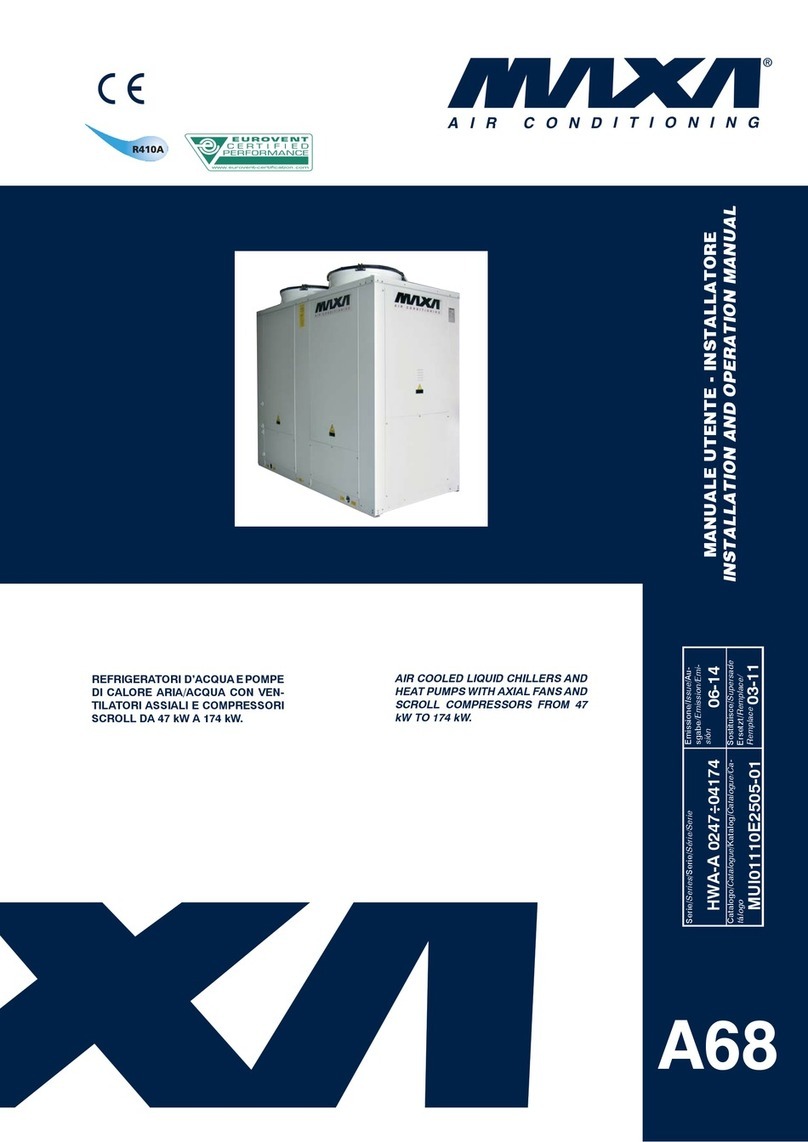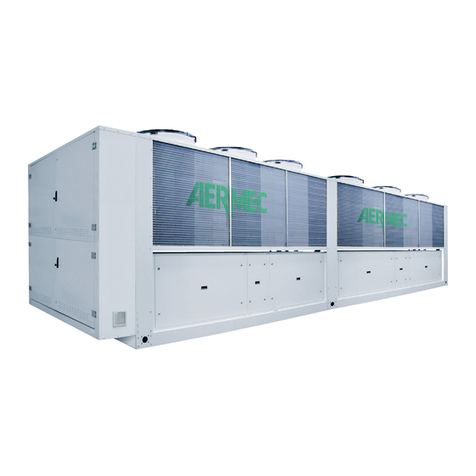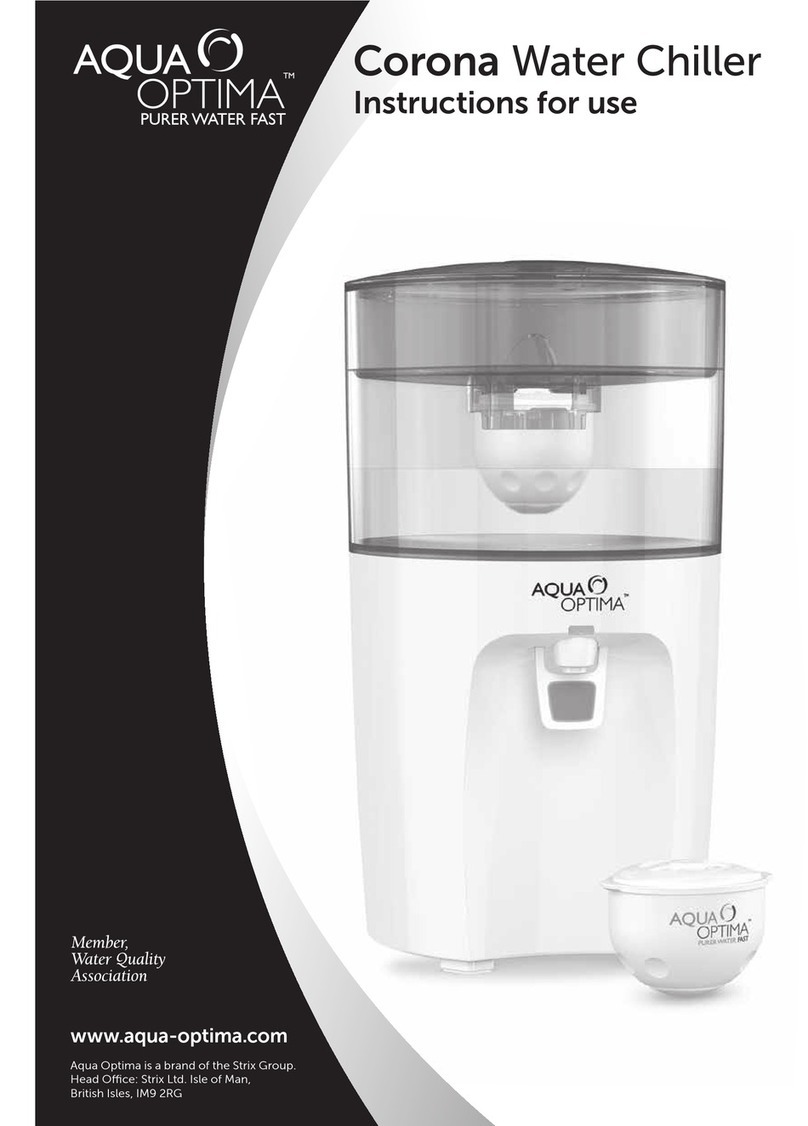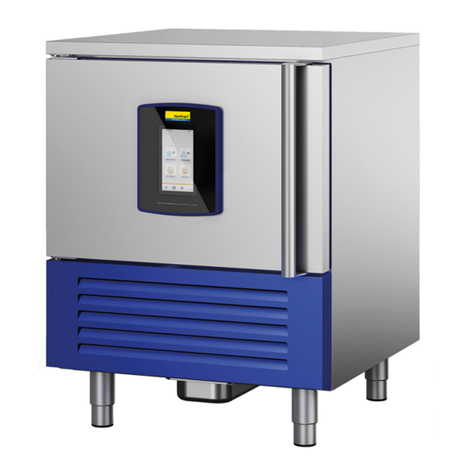DVM Chiller Training
2
Due to Samsung’s policy of ongoing product development, specifications are subject to change without prior notice.
Every effort has been made to insure that the information included in this presentation is as accurate as possible at
the time of it’s publication.
This presentation is provided as a guide to help HVAC field technicians understand the proper procedures for
installing Samsung DVM Chiller systems. This training module is not intended to replace Samsung service manuals,
technical data books, installation/operation manuals or other factory documents.
Only properly trained, HVAC professionals should attempt to install and start up any Samsung heating and air-
conditioning system.
High Voltage Caution:
Extra care must be taken when working on or around DVM & DVM S equipment due to numerous high voltage
components. Whether installing or servicing DVM equipment in the field or while attending Samsung HVAC training
classes which include powered simulators and equipment, be aware of the potential dangers of high voltage
USE CAUTION
This presentation may only be used with authorization by Samsung HVAC. Unauthorized use, duplication or
alteration of this presentation is prohibited.
For technical support issues, always contact your Samsung equipment provider.
www.samsunghvac.com https://samsunghvac.learnernation.com www.dvmdownload.com
